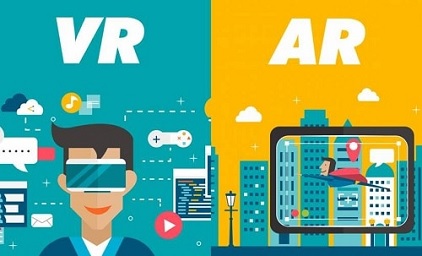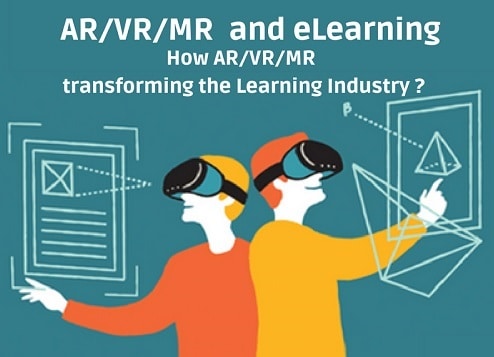Getting Started in AR/VR Development: Can Anyone Do It?
Over the last few years, augmented and virtual reality technology has become increasingly commonplace in our lives. Virtually every game console comes with its own headset expansion. On top of that, there are countless mobile apps that are designed to increase sales by allowing customers to explore products with 3D images and augmented visual tools. You might have even noticed the recent influx of AR-style 3D photos on your Facebook profile lately, and you’re starting to wonder what it takes to get started in this industry. The good news is, you don’t need nearly as much specialist training as you might think. Here’s your insight into how to get started in AR/VR development.

What Technology do AR/VR Developers Use
The good news for people interested in pursuing this career option is that there are a lot of tools out there to make it easier. For instance, Unity3D is available for C# developers, and Unreal Engine exists for C++. There are also plenty of SDKs out there depending on the device that you want to design your apps for. For instance, there’s the Oculus SDK, the ARCore kit, and countless other tools, like SDKs for Vurofira, ARKit, and Google VR. WebAR and WebVR are also becoming increasingly popular.
Before you figure out which SDKs and kits to use, you’ll need to ensure that you have the right education in the coding world. This will often include taking out a student loan so you can go to college and learn all about things like JavaScript and coding. Some of the leading colleges and universities around the world are even beginning to add things like 3D design, and mixed realities into their curriculum. While the opportunities for learning about these topics are still limited, for now, there’s a good chance that we’ll see more solutions emerging as mixed reality increase in popularity.

How Much Demand is There for AR/VR Developers?
Although AR and VR development is still in the very early stages, potential employment opportunities are appearing almost everywhere. These days, developers can get jobs with social media channels like Facebook and Snapchat. There’s also the gaming industry to look into, with Valve and Niantic, and entertainment brands like Amazon and ILM. Even news and journalism companies are beginning to invest more in virtual and augmented reality opportunities, with new and improved news stories from companies like the New York Times and National Geographic.
If you’re just interested in furthering the opportunities that might exist in this landscape in the years to come, companies like Apple and Google are always looking for researchers to help with the creation of next-gen technology. All the while, new opportunities for the multi-reality landscape are constantly increasing as the world continues to digitally transform. With things like 5G on the horizon to reduce latency and improve the performance of virtual and mixed reality apps, we’re likely to see a huge surge in demand for more advanced and flexible developers in the years to come. Now’s a great time to start building your skills in new areas, if you haven’t already.